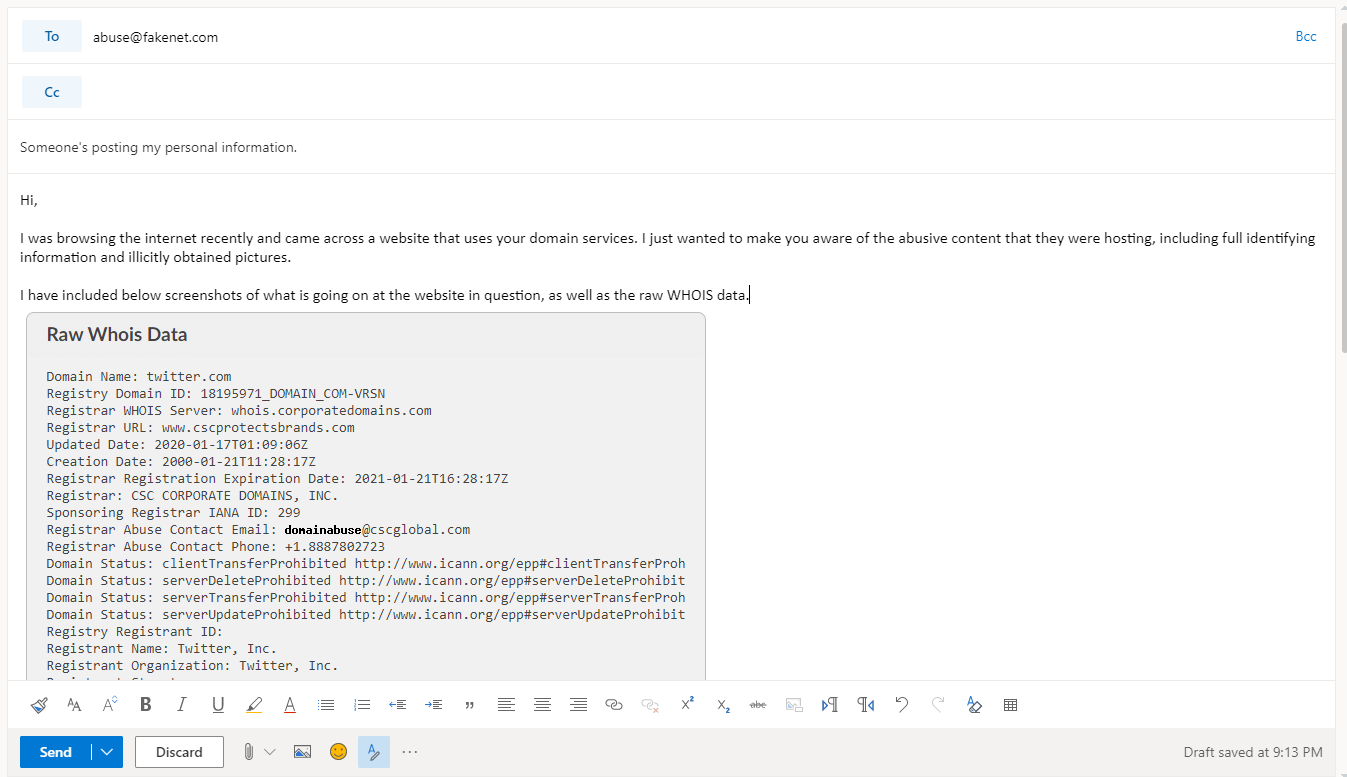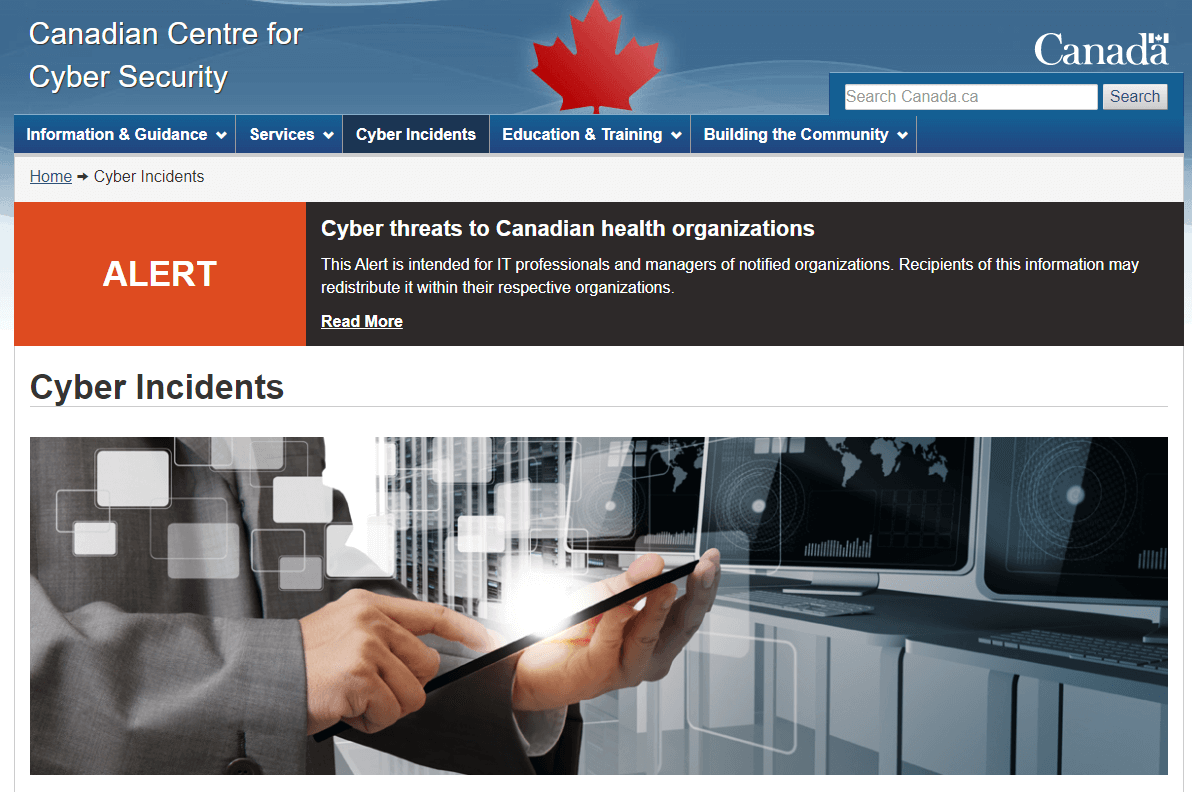There are over a billion pages on the internet, not all of them savory. Sometimes, these sites can host abusive communities or even indecent images and personal information. Coming across your own images or details being shared on a shady website is a harrowing experience. So what should you do if you find an abusive website? Below are the steps you need to take to report the website in question.
Find the Websites Domain Provider and Abuse Email Address

Now you need to find the domain provider for the abusive website. You can do this by using a tool like whois.com, again by entering the web address of the abusive site into the search bar. Scroll down to the ‘Raw Whois Data’ section and find the Registrar URL and Registrar Abuse Contact Email. This information tells you the company behind the domain name and the email address you’ll need to contact them at.
You should also try to contact the website owner, often located under “Registrant Email” or “Admin Email.” These are now protected due to privacy laws, that’s why they might have a strange email format, however, your email will be directed to the correct person or department.
Is Cloudflare mentioned in the website’s nameserver details?
If you look at Hacked.com’s Whois details, you can see that our name servers include domain names provided by Cloudflare. This entails that Cloudflare’s protection service protects Hacked.com. If you find similar information for the abusive website, you can report the website directly to Cloudflare. You can read more about how to file a Cloudflare abuse report here.
 Send a Detailed Report to the Registrar’s Abuse Contact Email
Send a Detailed Report to the Registrar’s Abuse Contact Email

Now that you’ve got all the information you need, you can compile a report. As well as including the WHOIS and IP information that you looked up, you should try to document the abusive content in question. Screenshot pages and describe the sort of behavior you think is abusive. In most cases, domain providers will be willing to remove someone from their servers if their hosting content is abusive.
Contact the Police

After contacting the domain provider, you should also file a police report if the website is breaking the law. This helps ensure that the website owner will hold accountable. It also makes it more likely that the site will be taken down. Domain providers may be pressured by police involvement.
If you’re struggling with an abusive website, contact us, and we can help you.
Featured image by Burdun Iliya from Shutterstock.com
 Send a Detailed Report to the Registrar’s Abuse Contact Email
Send a Detailed Report to the Registrar’s Abuse Contact Email